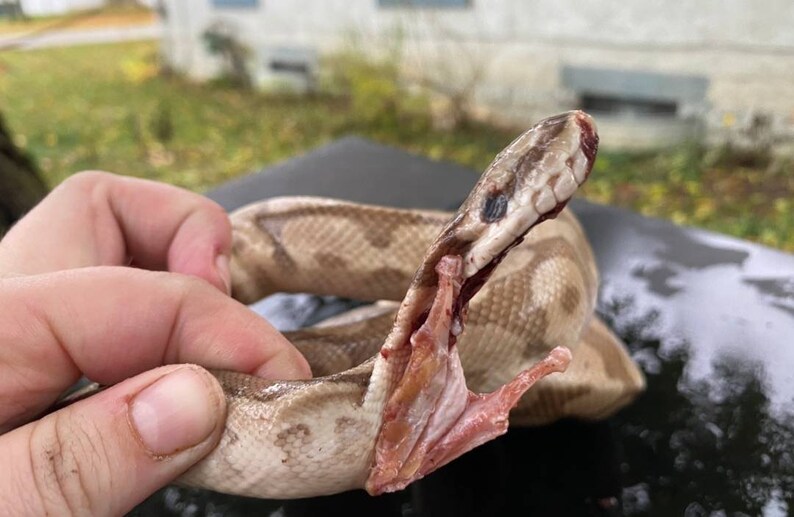

After graduating from the University of Minnesota, I worked as a naturalist for the Minnesota DNR, where I was trained to do educational programs at Interstate State Park. I started working at a pet store, and that is what introduced me to how to care for nontraditionalĪnimals.

I have always had a fascination for animals, especially birds, reptiles, and bugs. The following transcript has been edited for length and clarity. Minnesota Women’s Press caught up with Roberts to learn why reptiles are feared, fascinating, and vital to our ecosystems. No wild-caught animals are on display or available for adoption. In October, Roberts opened her first brick-and-mortar zoo in Maplewood, where visitors can learn about (and adopt) bred and surrendered reptiles. Her down-to-earth personality and genuine love for her animals - including an alligator, a python, lizards, and geckos - shine through in videos meant to educate viewers on animal care and behavior.

Since becoming an independent exotic animal keeper, she has garnered 2.5 million subscribers on YouTube and over half a billion views. The venomous timber rattlesnake, for example, poses no significant threat to humans, yet Minnesota paid a bounty for the rattlers until 1989, and the depleted species was listed as threatened in 1996.Įmily Roberts of Snake Discovery believes education is key to preventing extinction. But the likelihood of danger bears no correlation to the impact human fear can have on a species’ survival. Only two species that live in the southeastern counties are venomous, and they are rarely encountered. There are 17 species of wild snakes in Minnesota. Historically, reptiles have elicited fear and suspicion in humans. Emily with Doug the boa constrictor at Snake Discovery.


 0 kommentar(er)
0 kommentar(er)
